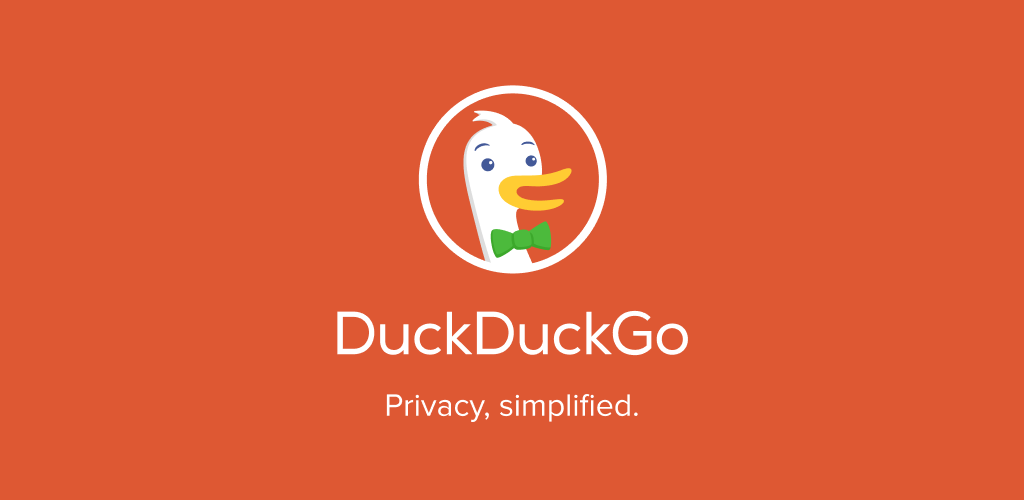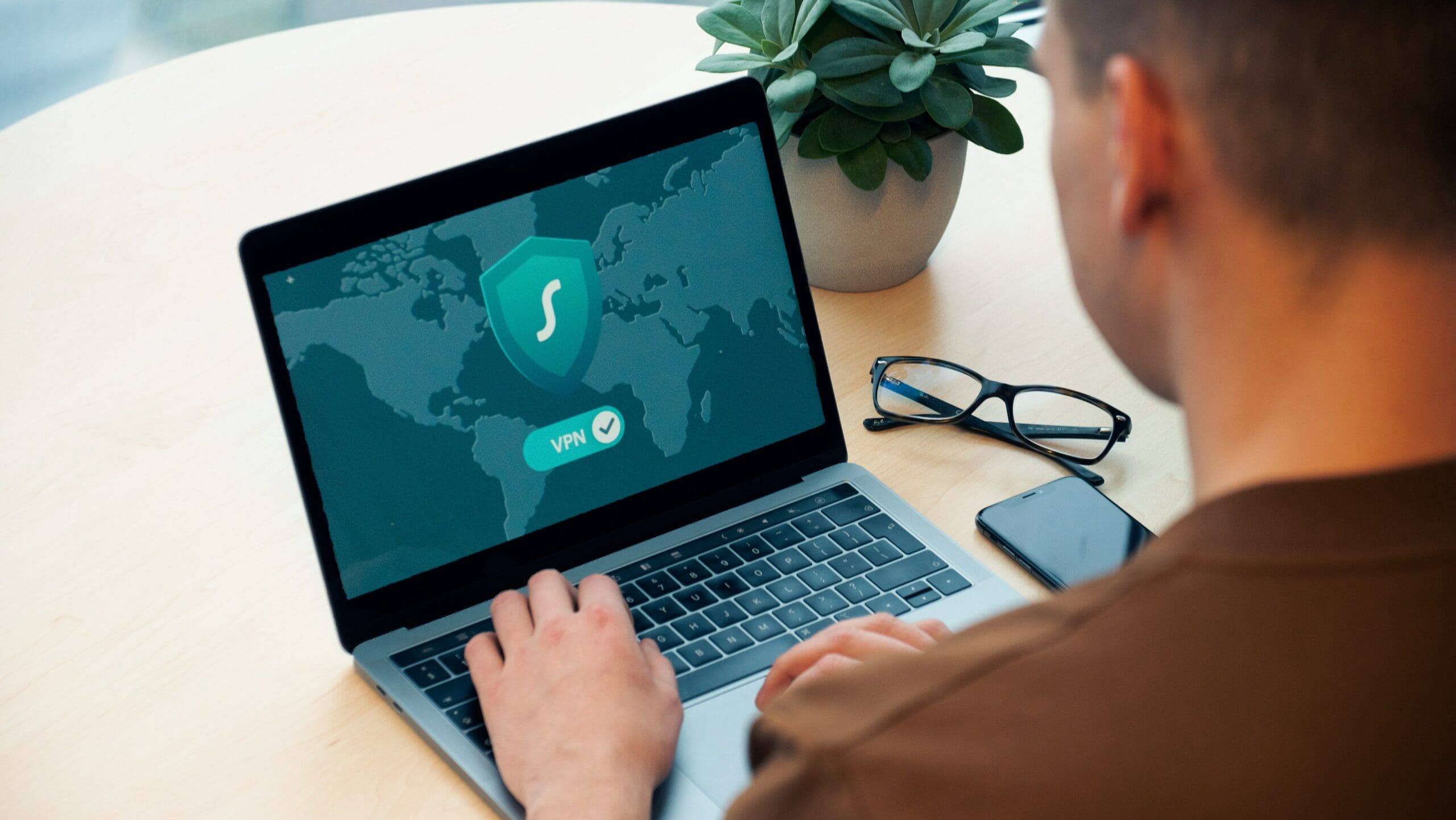In an era where our lives are increasingly digital, cybersecurity has become more than just a buzzword—it’s a critical life skill. A 2023 IBM Security report reveals that the average cost of a data breach has reached $4.45 million, with individual users facing an ever-growing risk of online threats.
Cybersecurity isn’t just for tech experts or large corporations. It’s for everyone who uses a smartphone, browses the internet, or stores personal information online—which, in today’s world, is practically everyone. From protecting your social media accounts to safeguarding your financial information, cybersecurity is about understanding and mitigating digital risks in your everyday life.
Many people feel overwhelmed by the technical jargon and complex technologies associated with online security. The good news? Becoming cyber-aware doesn’t require a computer science degree or advanced technical skills. It’s about developing smart habits, understanding basic principles, and taking proactive steps to protect your digital identity.
Think of cybersecurity as digital self-defense. Just as you learn to lock your doors and be aware of your surroundings in the physical world, cyber awareness is about creating protective habits in your online environment. It’s a journey of continuous learning and simple, practical steps that can dramatically reduce your vulnerability to online threats.
Table of Contents
What is Cybersecurity?
Let’s start with the basics. Consider how much sensitive personal information you store on your own devices or even someone else’s. Between your phone, your tablet, your personal computer, and your work computer, you probably keep most, if not all, of your important information online. That makes your information vulnerable to hackers.
The United State’s Cybersecurity & Infrastructure Security Agency defines cybersecurity as, “The art of protecting networks, devices, and data from unauthorized access or criminal use and the practice of ensuring confidentiality, integrity, and availability of information.”
It might seem easier to just avoid keeping your sensitive information off your devices and off the internet. That’s a premature reaction since most of the world expects information to be sent via the internet. But that’s where cybersecurity comes in. Just like you wouldn’t leave the door to your home or car unlocked, don’t let your information sit out in the open. Use cybersecurity. It’s easier than you think, and there are options at a variety of price points to help you get started.
5 Steps for Personal Cybersecurity
Cybersecurity is important. We hear that all the time. But actually, taking control of our cyber awareness? Overwhelming. The good news is that it’s not as complicated as it seems. You don’t need to be a computer expert to use cybersecurity best practices. You can start today with our five steps for better cybersecurity.
Step 1: Master Your Digital Security with a Password Manager
The harsh reality of online security is stark: 80% of data breaches are directly linked to weak or reused passwords. According to a 2023 Verizon Data Breach Investigations Report, cybercriminals can crack a simple password in mere seconds, leaving your digital life exposed and vulnerable.
Password management is more than just a security tip—it’s a critical defense mechanism in our interconnected world. Most people commit a fatal error in digital security: using the same password across multiple accounts or creating passwords that are easily guessable. This approach is equivalent to using the same key for your home, car, and bank safety deposit box.
A password manager transforms this vulnerable landscape by:
- Generating complex, unique passwords for each account
- Securely storing all your credentials in an encrypted database
- Automatically filling login information across devices
- Providing breach alerts and password strength assessments
Take Dashlane, for example. It’s not just a password storage tool—it’s a comprehensive digital security solution. With features like automatic password generation, secure VPN, and real-time breach monitoring, it offers a robust shield for your online identity.
The mathematics of password security are compelling. A 12-character password with a mix of uppercase, lowercase, numbers, and symbols can take up to 200 years to crack. Compare this to a simple 8-character password, which might be compromised in less than a day.
Your digital life deserves more than just basic protection. A password manager is your first line of defense in an increasingly complex cyber landscape.

Step 2 – Switch to a Private Browser
The digital tracking ecosystem is more invasive than most people realize. A 2023 Privacy Rights Clearinghouse report reveals that the average internet user is tracked by over 200 different companies during a single browsing session, with each tracked action potentially being sold, analyzed, or exploited.
Remember the toaster ad that seems to follow you everywhere? That’s not a coincidence—it’s digital surveillance in action. Traditional browsers are essentially data collection machines, creating comprehensive profiles of your online behavior, preferences, and personal interests.
Private browsers offer a critical shield against this constant digital surveillance:
- Automatically block third-party cookies
- Prevent websites from tracking your browsing history
- Eliminate targeted advertising based on your browsing
- Reduce digital fingerprinting techniques
- Protect your search history from being stored or sold
Brave browser emerges as a standout option in the privacy landscape. Unlike traditional browsers like Chrome, Brave is built from the ground up with privacy as its core mission. Its default settings automatically block online advertisements and website trackers, providing a level of protection that goes beyond simple “incognito” modes.
The privacy benefits are significant. By switching to a private browser, you can reduce your digital footprint by up to 60%, limiting the amount of personal data collected and monetized by tech companies. It’s not about hiding—it’s about controlling your digital identity.
Pro Tip: Don’t just switch on one device. Implement private browsing across all your devices—smartphone, tablet, laptop, and desktop—to create a comprehensive privacy shield.
Your online activities are not a commodity to be bought and sold. A private browser is your first step in taking back control of your digital narrative.
Step 3 – Utilize Two-Factor Authentication
Cybersecurity is no longer about passwords alone. A 2023 Microsoft Digital Defense Report reveals that two-factor authentication (2FA) can block over 99.9% of automated account compromise attempts. This simple additional layer of security transforms your digital protection from vulnerable to virtually impenetrable.
Two-factor authentication is like adding a second lock to your digital front door. After entering your primary password, you’ll need to provide a second form of verification:
- Text message codes
- Authenticator app notifications
- Biometric verification (fingerprint or facial recognition)
- Physical security keys
The mechanics are straightforward but powerful. Even if a cybercriminal manages to obtain your password, they’re stopped dead in their tracks without access to your secondary authentication method. It’s the digital equivalent of needing both a key and a fingerprint to enter a high-security vault.
Not all 2FA methods are created equal. Authentication apps like Google Authenticator or Authy provide more security than SMS-based codes, which can be intercepted through SIM swapping attacks. Hardware security keys, like those from YubiKey, offer the highest level of protection, making them the gold standard for sensitive accounts.
Pro Tip: Prioritize 2FA on your most critical accounts:
- Email services
- Financial institutions
- Social media platforms
- Cloud storage providers
- Password manager accounts
The numbers are compelling. Accounts with two-factor authentication are up to 80% less likely to be compromised. It’s a minimal effort that provides maximum protection—a cybersecurity strategy that delivers an exceptional return on investment.
Your digital identity is worth protecting. Two-factor authentication is not just a recommendation—it’s a necessity in today’s interconnected world.
Step 4 – Get a VPN
The digital world is fraught with risks, especially when connecting to public networks. A 2023 Cybersecurity Ventures report found that cybercrime damages are expected to reach $10.5 trillion annually by 2025, with public Wi-Fi being a primary attack vector. A Virtual Private Network (VPN) is your shield against these threats.
VPNs do more than just protect your data:
- Encrypt your internet connection
- Mask your IP address
- Prevent tracking and data harvesting
- Allow access to geo-restricted content
- Protect sensitive information on public networks
When to Use a VPN:
- Connecting to public Wi-Fi (airports, coffee shops, hotels)
- Working remotely
- Accessing sensitive financial information
- Protecting your privacy from ISP tracking
- Bypassing geographical content restrictions
Pro Tip: Not all VPNs are created equal. Look for providers with:
- No-log policies
- Strong encryption protocols
- Multiple server locations
- Regular security audits
Step 5 – Install Anti-Virus Protection and a Firewall
Your digital defense isn’t complete without robust anti-virus protection and a firewall. The 2023 SonicWall Cyber Threat Report reveals a 74% increase in ransomware attacks globally, underscoring the critical need for comprehensive digital protection.
Anti-Virus and Firewall Protect Against:
- Malware and viruses
- Ransomware attacks
- Unauthorized network access
- Data breaches
- Phishing attempts
- Internal and external cyber threats
Key Features to Look For:
- Real-time scanning
- Automatic updates
- Comprehensive threat detection
- Performance optimization
- Multi-device protection
The numbers are compelling. Devices with up-to-date anti-virus protection and firewalls are 70% less likely to experience a successful cyber attack. It’s not just software—it’s your digital immune system.
Pro Tip: Don’t just install and forget. Regularly update your anti-virus software and perform comprehensive system scans to ensure maximum protection.
Your digital security is a multi-layered approach. Each tool you implement is another lock on your digital front door, keeping cybercriminals at bay.
Empowering Your Digital Defense
The cybersecurity landscape is both challenging and hopeful. According to the 2023 CrowdStrike Global Threat Report, 82% of successful cyberattacks involved a human element—meaning that individual awareness and action can significantly reduce your risk of becoming a victim.
Your journey to better cybersecurity doesn’t require a technical background or massive investment. By implementing a few key strategies:
- Password managers
- Private browsing
- Two-factor authentication
- VPN protection
- Anti-virus software
- Robust firewalls
You create multiple layers of defense against potential digital threats. Each step is a proactive measure that dramatically reduces your vulnerability in an increasingly complex online world.
Cybersecurity is not about fear—it’s about empowerment. It’s taking control of your digital life, protecting your personal information, and navigating the online world with confidence. The tools and techniques are within your reach, and the most important step is simply starting.
Cybersecurity sounds hard, complicated, and scary, but we have selected solutions that are accessible to everyone. With a few simple steps, you are well on your way to better personal cybersecurity. By implementing a password manager, private browsing, two-factor authentication, and getting a VPN, anti-virus protection, and a firewall, you will be well protected against threats.



